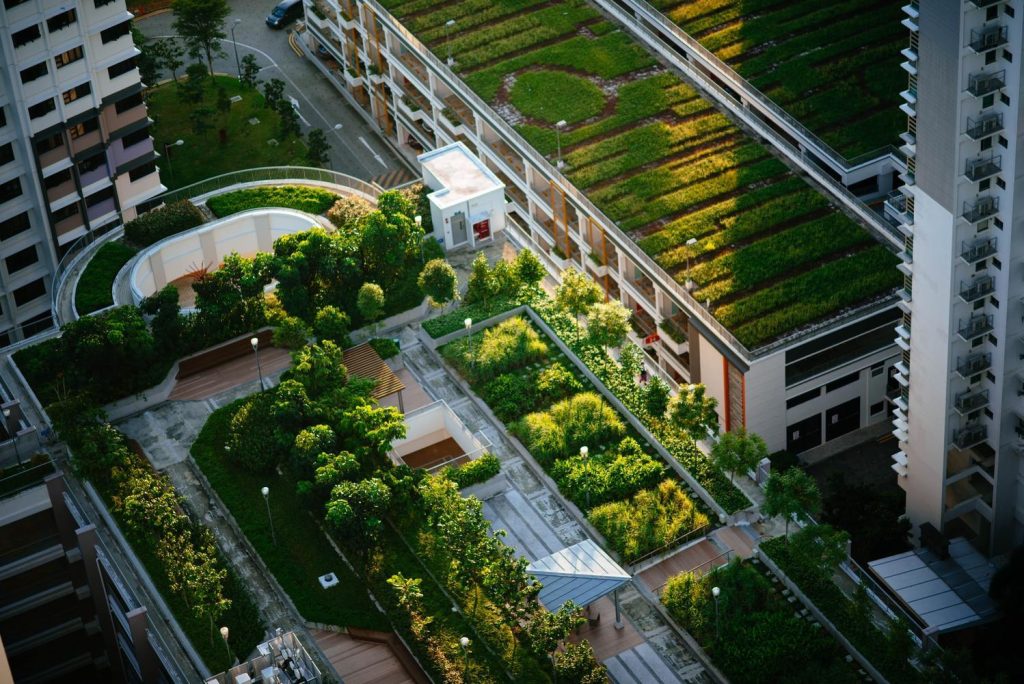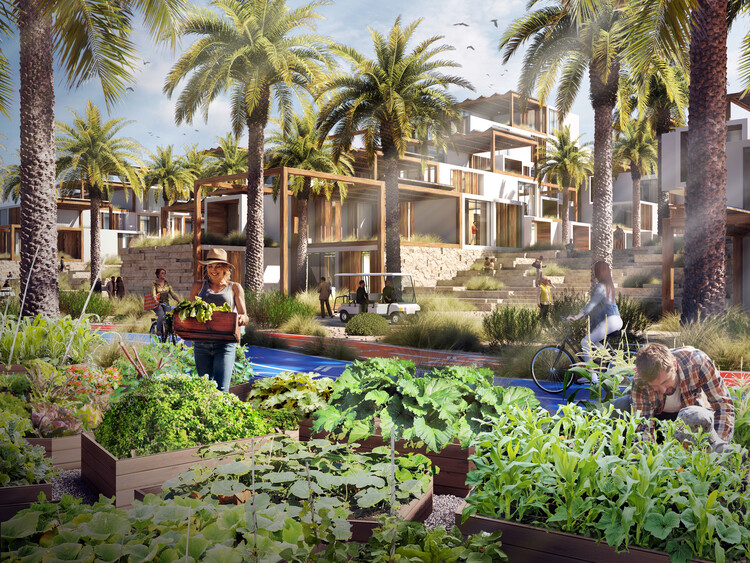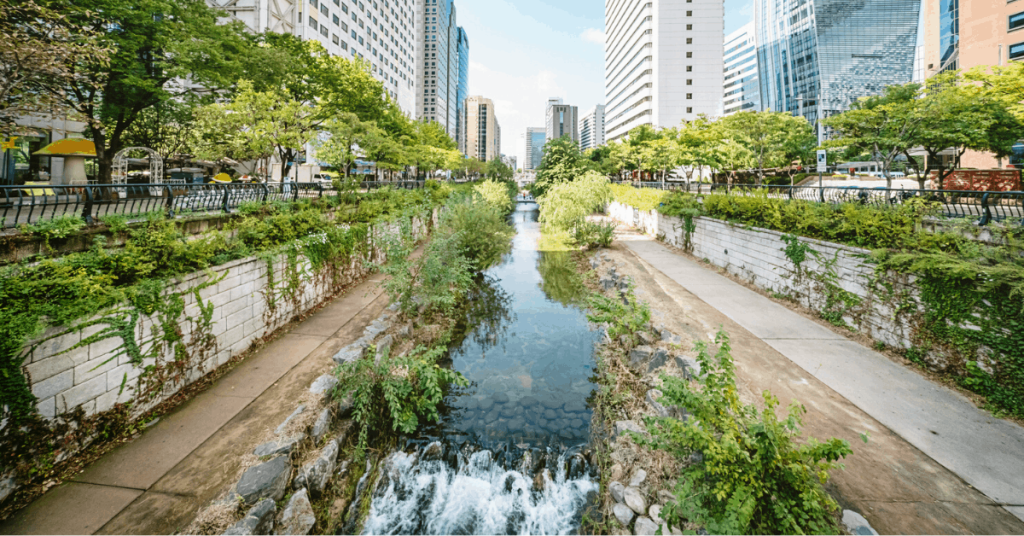The biggest difficulty that will face future architecture will be creating new spaces or updating the ones that already exist to adapt to advancing technology.


Even though all the new improvements and developments human beings have achieved until our time are impressive, and praiseworthy, and have made such big changes in our lives, we can’t deny the negative and damaging impact they made on our environment. And with that, future architecture’s biggest aim and goal to achieve are to build sustainable and environment-friendly buildings and structures. So our well-being is starting to be considered in all aspects of creation and design in the future.
Of course, we can’t predict the future, but we can imagine somehow how will the future architecture be regarding what we are facing from today’s hardships.
Let’s take a look at some aspects that can change the future of architecture in a positive way:
Sustainable Architecture





Prioritizing sustainability is a new phenomenon in architecture that is growing day by day, as to achieve that architects have to reduce waste by reducing energy loss and recycle the space already available and that is by including physical space.
Smart Cities


Creating a smart city helps connect infrastructures, buildings, and residents to maximize the country’s efficiency.
For example, let’s take a look at “XZero City” which is Kuwait’s Proposal for a smart city





Kuwait is preparing a 1,600-hectare development that will offer 100,000 residents housing, employment opportunities, and amenities, it aims to promote a sustainable lifestyle with high standards of living and little negative environmental impact. The plan for the smart city is built to maximize the ratio of green space while also maximizing density and amenities distribution. It will lessen the impact of the urban heat island effect and rising temperatures. (source: https://www.archdaily.com/989042/xzero-city-is-kuwaits-proposal-for-a-self-sufficient-smart-city# )
Green Spaces

Much research has shown how important green spaces are for both physical and mental well-being. We have all felt bad during the pandemic, and how bad it affected our health, not only physically but also for big part mentally. so to guarantee that cities can offer a reasonable quality of life in the future, creating and protecting green spaces have become a priority.
Since indoor plants have become so popular, there is a huge demand for greenery in homes, which has many advantages and is something that we homeowners can easily do.
Let’s take a look at an indoor greening example in Japan, which I have already talked about in our team presentation for the future of architecture, which is “tsuboniwa” that are small and curated domestic courtyard gardens, they are a traditional architectural form for bringing greenery into small spaces.
These are some pictures showing examples of tsuboniwa:



Other examples of small-space urban greening are living walls, garden roofs, and the incorporation of garden areas into the architecture of high-rise buildings.



Architecture had a massive, and vast impact in all fields and in our life. And with technological advancements, architects will have plenty of opportunities in the future, and hopefully we will get to see more sustainble and environment-friendly buildings that will help the growth and preservation of a good quality of our life.